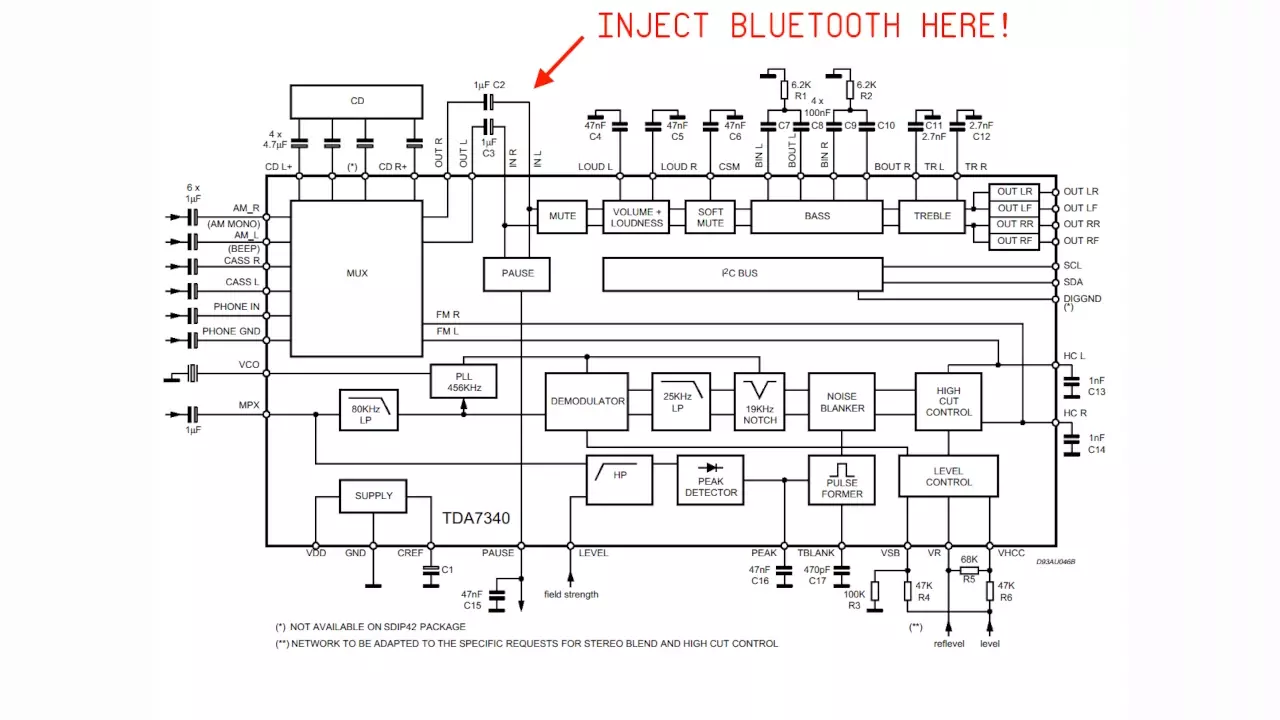Related Topics
Entangled Steam
Parker and Stephen dive into the world of batteries, sparked by the BetaVolt BV100's claim of a 50-year lifespan.
We Are Circuit Break
Parker and Stephen celebrate episode 400 of the MacroFab Engineering Podcast and announce its relaunch as Circuit Break.
Laser Cutting Tolerancing
They may be known for being electrical engineers but on this episode, Parker and Stephen dig into the more mechanical aspects of their current projects
Other Resources
Circuit Break Podcast
Webinars
Videos
Tour MacroFab's ITAR-Compliant Facility
December 2, 2016, Episode #44
- Popping in last weeks audio was probably due to a cheap USB cable. Stephen and Parker recorded last week on a laptop with a USB powered mic preamp that has less then stellar power filtering and performance.
- Stephen is continuing work on his automatic brewing rig. Has a motorized ball valve to control the flow rate for proper mashing and cooling rates.
- Parker found the correct IC that is inside the Jeep radio. Part number TDA7340S. It is a 100% direct match to the pinout of the IC inside the radio. He found it by looking at ST’s catalog of Audio and Radio ICs from that time period.
- To switch Audio sources to an external source, Parker is going to hack into the TDA7340’s external effects loop. See Figure 1. The signal will probably have a DC offset since the IC is on a single power rail of ~9.4V. DC offset should be around 4.5V. The Bluetooth adapter will need to have a DC offset to match. ICs to switch the audio signals will either be a NJM2520D or a MAX4544CPA+.
- Shout out to Pat Hensley from Tektronix. Came by the shop earlier this week to get a tour of the fab and show off some Tektronix goodies. Got to play with a Tektronix RSA306B USB Spectrum Analyzer. Which was really awesome. Real time over USB. Interface is scriptable with Python. Will be looking at getting one for pre-compliance testing.
- Attacking air gapped computers using the cooling fans. Basically a piece of malware tweaks the PWM on the fans inside the computer to transmit data audibly.
- Make your own nuclear battery. Using Tritium keychains and some solar cells to produce power. The battery produces 1.6 volts at 800 nano amps or 1.23 microwatts.
About the Hosts
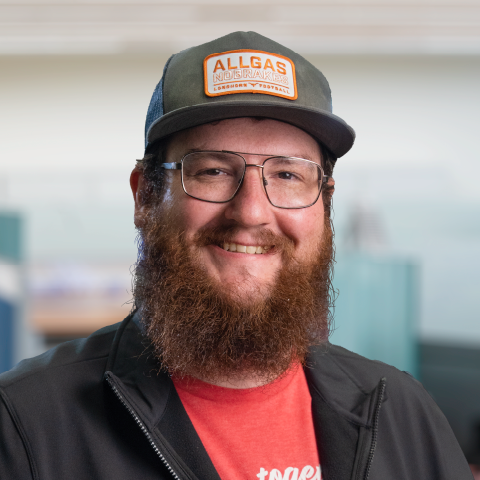
Parker Dillmann
Parker is an Electrical Engineer with backgrounds in Embedded System Design and Digital Signal Processing. He got his start in 2005 by hacking Nintendo consoles into portable gaming units. The following year he designed and produced an Atari 2600 video mod to allow the Atari to display a crisp, RF fuzz free picture on newer TVs. Over a thousand Atari video mods where produced by Parker from 2006 to 2011 and the mod is still made by other enthusiasts in the Atari community.
In 2006, Parker enrolled at The University of Texas at Austin as a Petroleum Engineer. After realizing electronics was his passion he switched majors in 2007 to Electrical and Computer Engineering. Following his previous background in making the Atari 2600 video mod, Parker decided to take more board layout classes and circuit design classes. Other areas of study include robotics, microcontroller theory and design, FPGA development with VHDL and Verilog, and image and signal processing with DSPs. In 2010, Parker won a Ti sponsored Launchpad programming and design contest that was held by the IEEE CS chapter at the University. Parker graduated with a BS in Electrical and Computer Engineering in the Spring of 2012.
In the Summer of 2012, Parker was hired on as an Electrical Engineer at Dynamic Perception to design and prototype new electronic products. Here, Parker learned about full product development cycles and honed his board layout skills. Seeing the difficulties in managing operations and FCC/CE compliance testing, Parker thought there had to be a better way for small electronic companies to get their product out in customer's hands.
Parker also runs the blog, longhornengineer.com, where he posts his personal projects, technical guides, and appnotes about board layout design and components.

Stephen Kraig
Stephen Kraig is a component engineer working in the aerospace industry. He has applied his electrical engineering knowledge in a variety of contexts previously, including oil and gas, contract manufacturing, audio electronic repair, and synthesizer design. A graduate of Texas A&M, Stephen has lived his adult life in the Houston, TX, and Denver, CO, areas.
Stephen has never said no to a project. From building guitar amps (starting when he was 17) to designing and building his own CNC table to fine-tuning the mineral composition of the water he uses to brew beer, he thrives on testing, experimentation, and problem-solving. Tune into the podcast to learn more about the wacky stuff Stephen gets up to.
Special thanks to whixr over at Tymkrs for the intro and outro!
Related Podcasts
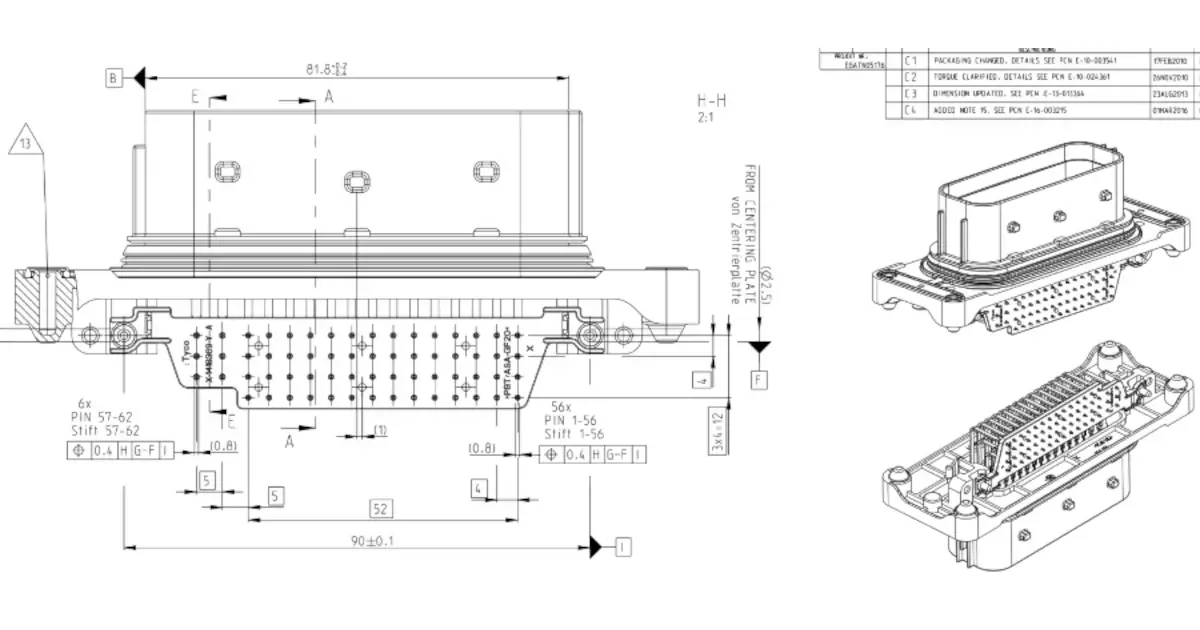
The Name Will Arrive
The quest for the right connector for a project! The right of passage for any hardware electrical engineer starts with a connector catalog.
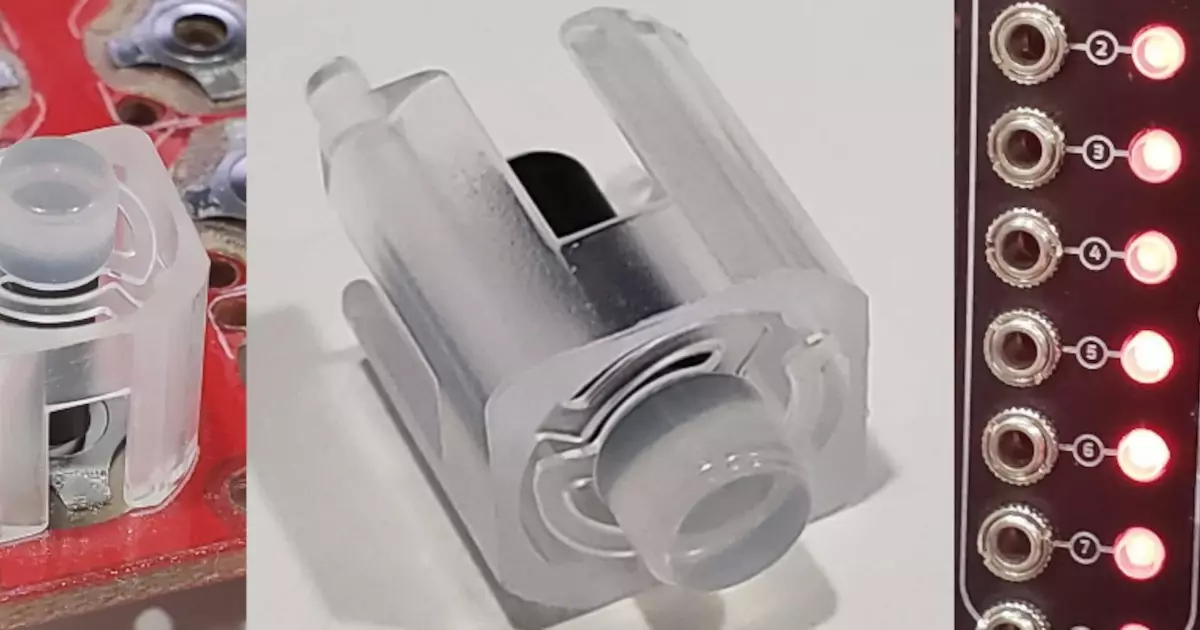
Connector Catalogs
This is the last installment of Stephen's 'Adventures in Injection Molding'. We are going to recap the entire two year sage and close the book on it.

Entangled Steam
Parker and Stephen dive into the world of batteries, sparked by the BetaVolt BV100's claim of a 50-year lifespan.
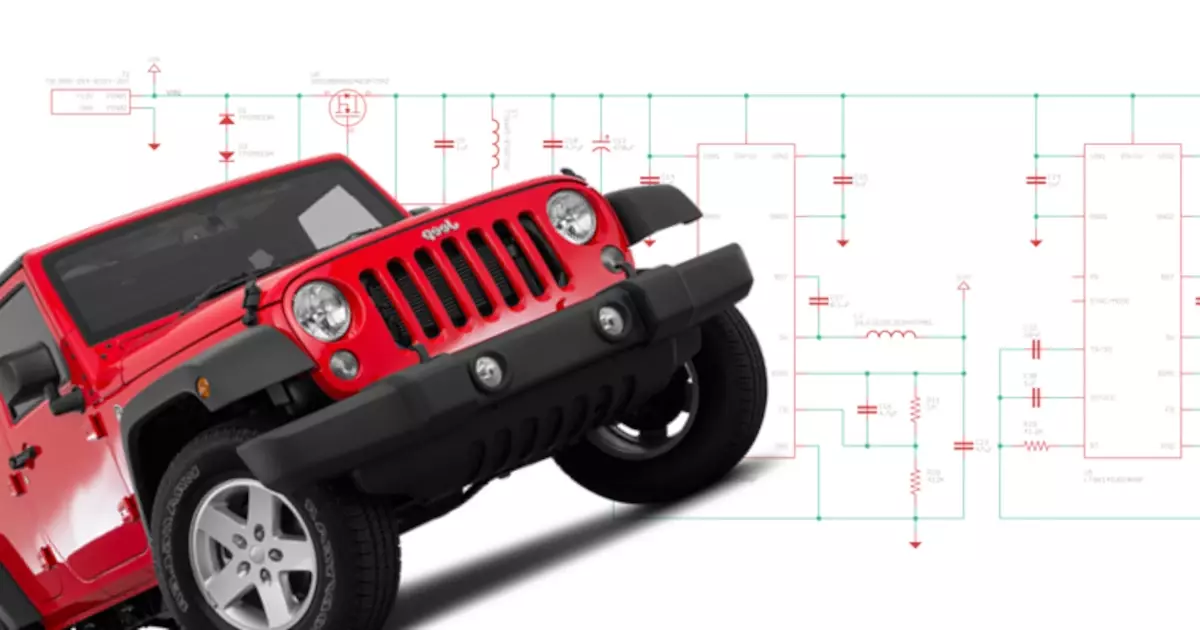
AVRDUDE All The Way Down
The Jeep Prop Fan project rides again! Well some iteration of it at least. Lets design an open source PCM (Power Control Module) for automotive apps!
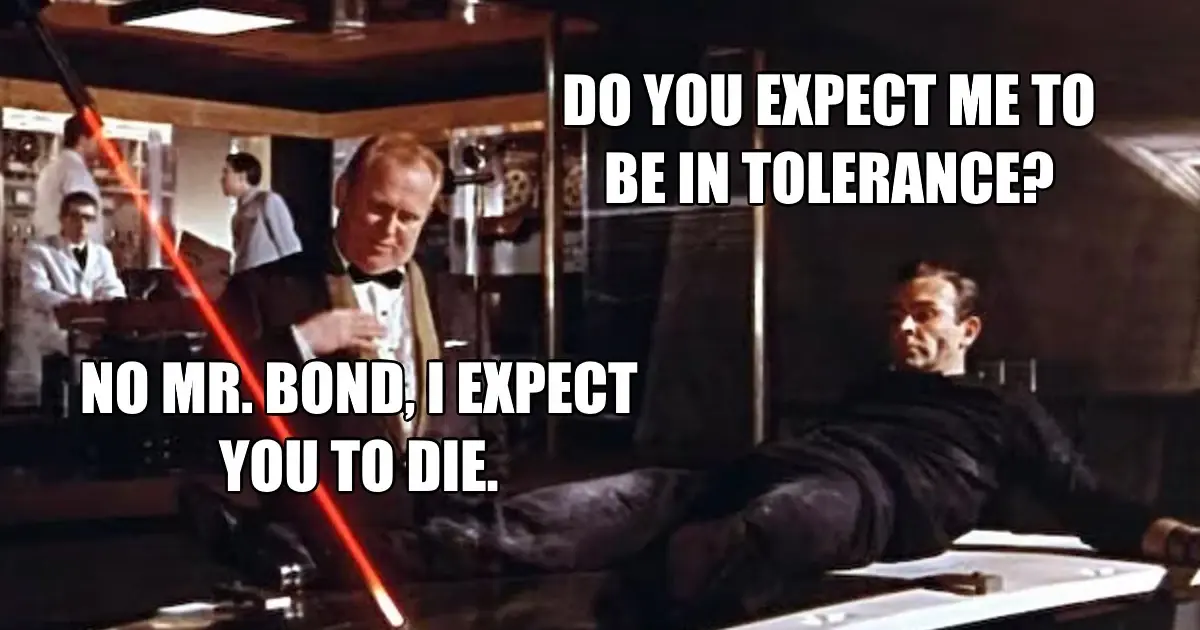
Laser Cutting Tolerancing
They may be known for being electrical engineers but on this episode, Parker and Stephen dig into the more mechanical aspects of their current projects

We Are Circuit Break
Parker and Stephen celebrate episode 400 of the MacroFab Engineering Podcast and announce its relaunch as Circuit Break.
About MacroFab
MacroFab offers comprehensive manufacturing solutions, from your smallest prototyping orders to your largest production needs. Our factory network locations are strategically located across North America, ensuring that we have the flexibility to provide capacity when and where you need it most.
Experience the future of EMS manufacturing with our state-of-the-art technology platform and cutting-edge digital supply chain solutions. At MacroFab, we ensure that your electronics are produced faster, more efficiently, and with fewer logistic problems than ever before.
Take advantage of AI-enabled sourcing opportunities and employ expert teams who are connected through a user-friendly technology platform. Discover how streamlined electronics manufacturing can benefit your business by contacting us today.
